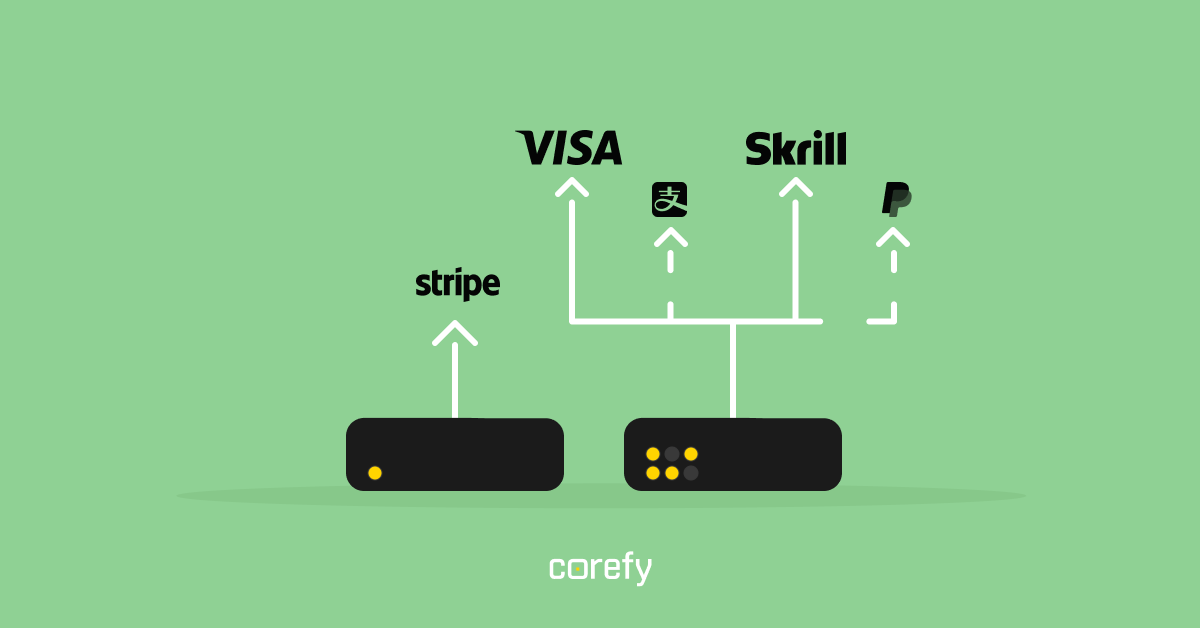The financial services industry is having a good run now, despite undergoing some significant transformations. The new digital, telecommunication, biometric, and other technologies are rebuilding the industry, actively superseding incumbents and traditional business models. The new solutions allow businesses to change the consumption structure, reduce the costs (processing of client databases, loyalty programs, etc.), and increase the total efficiency and quality of business processes. As a result, fintech is gradually becoming an independent, intensively developing sector of the modern economy.
Background
The growth of fintech began in 2008 when the global financial crisis forced financial companies to reduce expenses. This coincided with the rapid development of the mobile technology market, which continues today. Various portable gadgets (smartphones, tablets, smartwatches, etc.) made it possible for a person to be in cyberspace 24/7, where trade, education, communication, entertainment, work processes, etc., have been gradually moving. So, unprecedented living conditions required new methods of dealing with finances and gave life to a new niche — electronic payments and their processing.
Fintech companies started to successfully fill this niche, emerging on the basis of disruptive technologies (big data analysis, artificial intelligence, distributed ledger technology, biometrics, etc.). They appeared to respond to market changes quicker than conventional financial organisations. And that killer feature facilitated the continuous dynamic growth of fintech.
Key boosters and barriers to fintech growth
Strong consumer and investor interest is considered the prime driver of the fintech industry development. The primary source of fintech projects funding is venture capital. One can also distinguish traditional instruments of raising money as mergers and acquisitions, as well as direct investments and alternative ones, for example, crowdfunding, P2B lending, and online factoring.
What promotes fintech development:
- Developed digital and "traditional" financial infrastructure as the basis for the implementation of innovative projects.
- Qualified and creative specialists capable of generating new solutions.
- Users' (individuals and legal entities) loyalty to alternative financial services.
- High investors' interest in innovative fintech projects.
Aside from growth boosters, there still are several factors that hinder the development of fintech:
- Immature or unevenly developed digital and financial infrastructure.
- Shortage of qualified specialists.
- Low level of technological and economic awareness of the population.
- Low level of public confidence in financial technology and propensity for conservative financial services.
- Growth of cyber threats and an active fight against cybercriminals.
The diverse composition of the market players in the new industry is worth noting. Undoubtedly, fintech startups are ahead of the game. Still, conventional financial organisations are now actively investing in modern technologies to keep up with innovative companies and leave no room for them to manoeuvre and strengthen their positions.
But financial technology penetrates other areas. Some large Internet and telecommunications companies, retailers, car and electronics manufacturers, and other non-financial players (mainly those who own extensive customer databases) have become the competitors of financial institutions.
What attracts consumers in fintech?
The general trend shows that consumers like what they see. Adoption of fintech services has moved steadily upward (for instance, the FinTech Adoption Index in 2015 was 16%, and in 2019 it amounted to 64%). Awareness of fintech, even among nonadopters, is now very high. Statistics show that 96% of consumers worldwide know at least one alternative fintech service to help them send money and make payments.
Future outlook
Over the past decade, most fintech companies have developed according to a similar scenario, transferring traditional financial services online and making them more efficient. However, according to experts' estimates, the next ten years will be entirely different for the industry.
Trend 1. Data is no longer an advantage
Banks possess extensive databases of their customers' financial transactions, which gives them a significant advantage in developing new products and services. However, soon they may lose it. According to new legislative norms, banks must share information with any fintech company if a client wants it. It means when data becomes open and widely available, owning it will no longer be a competitive advantage. The winners will be not those companies that have accumulated the most information about customers but those that used it more efficiently. Such circumstances allow even small startups to compete with giant banks.
Trend 2. Open source and software licensing make life easier
Each fintech company creates its protocol system, which seriously complicates their interaction. Fortunately, the situation is changing. With the proliferation of open-source financial solutions, software across the industry can become standardised. In addition, many successful fintech companies license their own developments. This adds to the efficiency of the entire industry.
Trend 3. Built-in fintech
Several major technology companies, including Apple, Amazon, and Facebook, have recently announced their entry into the financial market. It means that to access financial services, you will no longer need to turn to a new company — it will be provided by platforms with which we already interact. Fintech services will begin to be integrated into existing products' interfaces, so you no longer have to look for new payment methods, investments and savings.
Trend 4. Access to all services from one device
Most fintech products will be available from a single device for the users' convenience. It will be a smartphone or laptop for an ordinary person and a cash register for a business representative. Given that large companies such as Apple and Amazon are building entire ecosystems of their own devices, users of their fintech products will be able to get certain advantages for loyalty to one company.
The global fintech market is one of the fastest-growing in the world. According to expert estimates, the number of users of financial technologies globally is growing by 15–20% annually. This process is vigorously promoted by the growth of Internet connectivity worldwide. Still, it isn't easy to assess the fintech market comprehensively due to its strong diversification and data inaccessibility in several areas.





.jpg)

.jpg)



.jpg)

.jpg)